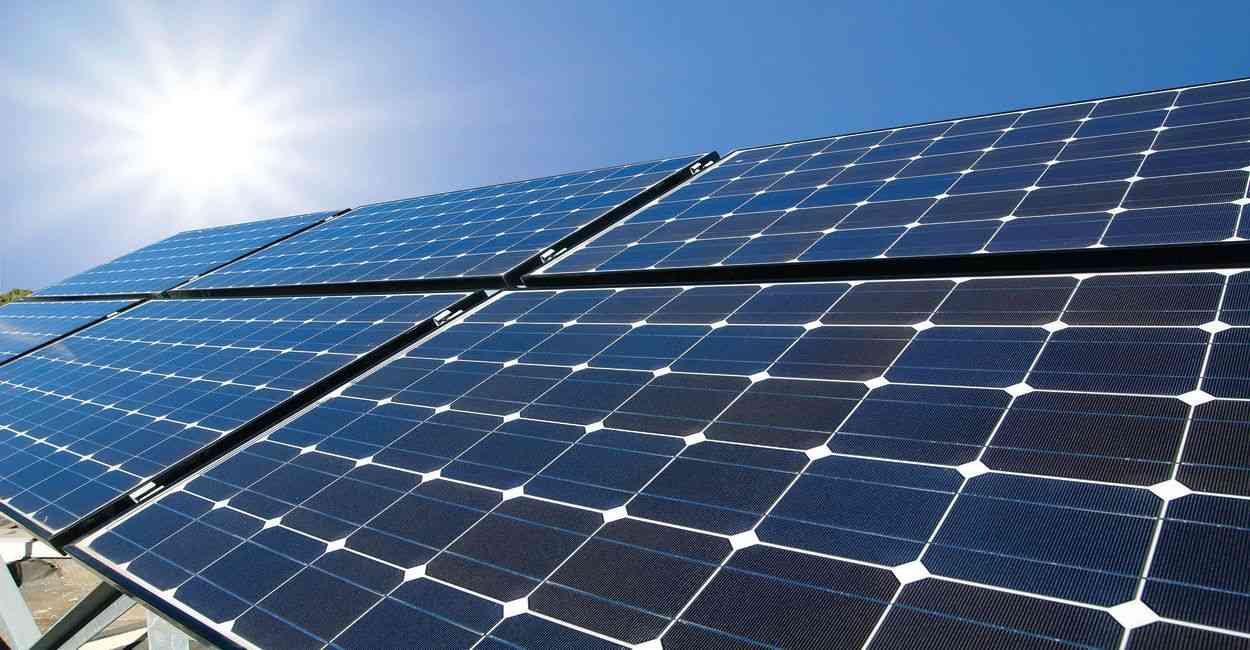Introduction to Photovoltaic Systems
Photovoltaic (PV) systems convert sunlight directly into electricity using semiconductor materials. These systems have become increasingly popular due to their efficiency, scalability, and ability to reduce carbon footprints.
Components of Photovoltaic Systems
- Solar Panels: Capture sunlight and convert it into direct current (DC) electricity.
- Inverters: Transform DC electricity into alternating current (AC) for use in commercial settings.
- Mounting Systems: Secure the panels to rooftops or ground-based structures.
- Battery Storage: Store excess energy for use during periods of low sunlight.
Importance of Commercial Photovoltaic Systems
Commercial photovoltaic systems are essential for businesses looking to reduce energy costs and embrace sustainable practices. These systems not only for lower operational costs but also enhance a company’s environmental credentials.
Environmental Benefits
- Reduction in greenhouse gas emissions.
- Decrease in dependency on fossil fuels.
- Contribution to global climate change mitigation efforts.
Economic Benefits
- Cost Savings: Significant reductions in electricity bills.
- Incentives and Subsidies: Financial incentives from governments and organizations to promote renewable energy.
- Energy Independence: Protection from volatile energy pricecs.
Why Neubrandenburg is Ideal for Commercial Photovoltaic Systems
Neubrandenburg, located in Mecklenburg-Western Pomerania, is known for its progressive stance on renewable energy. The city offers an ideal environment for the implementation of commercial photovoltaic systems due to its favorable policies and natural conditions.

Abundant Solar Resources
The city experiences ample sunlight throughout the year, making it a prime location for harnessing solar energy. This natural advantage ensures that commercial photovoltaic systems in Neubrandenburg operate at optimal efficiency.
Government Support and Incentives
Neubrandenburg’s local government provides various incentives to businesses adopting renewable energy. These include grants, tax benefits, and feed-in tariffs that encourage the installation of commercial photovoltaic systems.
Green Energy Goals
The city’s commitment to achieving carbon neutrality aligns with the adoption of solar energy solutions. By investing in commercial photovoltaic systems businesses contribute to Neubrandenburg’s sustainable energy goals.
Designing and Installing Commercial Photovoltaic Systems
Installing commercial photovoltaic systems requires careful planning and expertise. Here are steps involved:
Initial Assessment
- Site Evaluation: Assessing the site’s solar potential and structural integrity.
- Energy Audit: Determining the business’s energy consumption and requirements.
System Design
- Panel Layout: Optimizing panel placement for maximum sunlight exposure.
- Inverter Selection: Choosing inverters suitable for the system’s capacity.
- Battery Storage Design: Incorporating storage solutions for energy reliability.
Installation Process
- Permitting: Securing necessary approvals from the local authorities.
- Mounting: Installing panels using robust mounting systems.
- Wiring and Connection: Ensuring safe and efficient electrical connections.
- Testing and Commissioning: Verifying system performance and functionality.
Challenges and Solutions in Neubrandenburg
While the benefits of commercial photovoltaic systems in Neubrandenburg are substantial, certain challenges need to be addressed:
High Initial Costs
- Solution: Government incentives and financing options make for these systems more affordable.
Maintenance Requirements
- Solution: Regular maintenance and monitoring services ensure long-term efficiency.
Integration with Existing Infrastructure
- Solution: Advanced inverters and energy management systems facilitate seamless integration.
Case Studies: Successful Implementation in Neubrandenburg
Local Business Adoption
Several businesses in Neubrandenburg have successfully adopted commercial photovoltaic systems, reducing their energy costs and contributing to the city’s renewable energy goals. For example:
- Manufacturing Units: Large-scale installations have helped factories lower energy expenses.
- Retail Outlets: Smaller systems have enabled shops to achieve energy self-sufficiency.
Community Solar Projects
Community-driven solar initiatives in Neubrandenburg highlight collective benefits of photovoltaic systems. These projects demonstrate the potential for shared energy production and consumption.
Future of Commercial Photovoltaic Systems in Neubrandenburg
The future of commercial photovoltaic systems in Neubrandenburg looks promising. Emerging technologies and increasing awareness are likely to drive further adoption.
Technological Advancements
- Bifacial Solar Panels: Capture sunlight from both sides for increased efficiency.
- Smart Energy Management: Optimize energy use through AI-driven solutions.
- Improved Storage Solutions: Enhanced battery technologies for better energy reliability.
Policy Developments
Ongoing support from the government and international organizations will continue to make commercial photovoltaic systems a viable choice for businesses in Neubrandenburg.
Conclusion:
Commercial photovoltaic systems in Neubrandenburg offer an effective solution for businesses aiming to reduce costs and embrace sustainability. With ample solar resources, supportive policies, and growing technological advancements, Neubrandenburg is poised to become a leader in renewable energy adoption. By investing in these systems businesses not only secure their energy future but also contribute significantley to the city’s green energy goals.